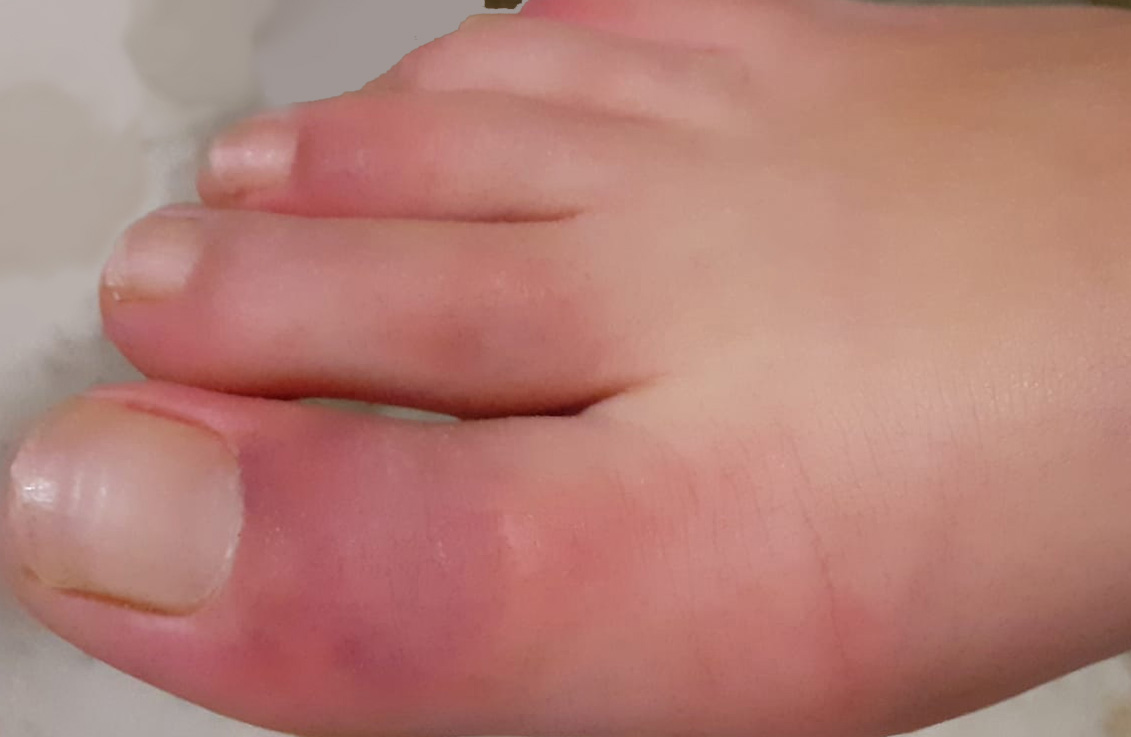Idiopathic chilblains and COVID toes.

Downloads
DOI:
https://doi.org/10.26326/2281-9649.31.1.2216How to Cite
Abstract
These characteristics of the Ct bring them closer to secondary chilblains, especially those that occur in connective tissue diseases (lupus erythematosus, antiphospholipid syndrome), in tumor diseases (leukemia), and even more so in genetic interferonopathies, such as familial chilblain lupus erythematosus due to TREX1 mutation, SAVI or childhood-onset vasculopathy associated with STING (interferon stimulating genes) and Aicardi-Goutiers syndrome. In all these conditions, there is an activation of interferon type 1, that is genetically determined or secondary to the need to eliminate non-self oligonucleotides. The activation of type-1 interferon induces microangiopathic alterations responsible for secondary chilblains as a side effect.
It is conceivable that the presence of SARS-CoV-2 nucleotides stimulates the signaling pathway of interferon 1. This hypothesis is supported by a) the higher frequency of Ct in teens, in whom the interferon-mediated innate immunity is much more active (3); b) the histological similarities between chilblains of interferonopathies and Ct; c) the recent demonstration of the presence of Myxovirus resistance protein A, which is a recognized tissue marker of interferon 1 activity, in the epidermis, endothelial cells and in the inflammatory infiltrate of the Ct (5).
The existence of a strong response of type 1 interferon could also explain the scarce if any simptomatology of SARS-CoV-2 infection in Ct, and the negativity of molecular swabs and serological tests, linked to the rapid elimination of the virus.
